Gold price waits for rates clues from Jackson Hole
Political turmoil in the US has the potential to 'help gold in the short and longer term'
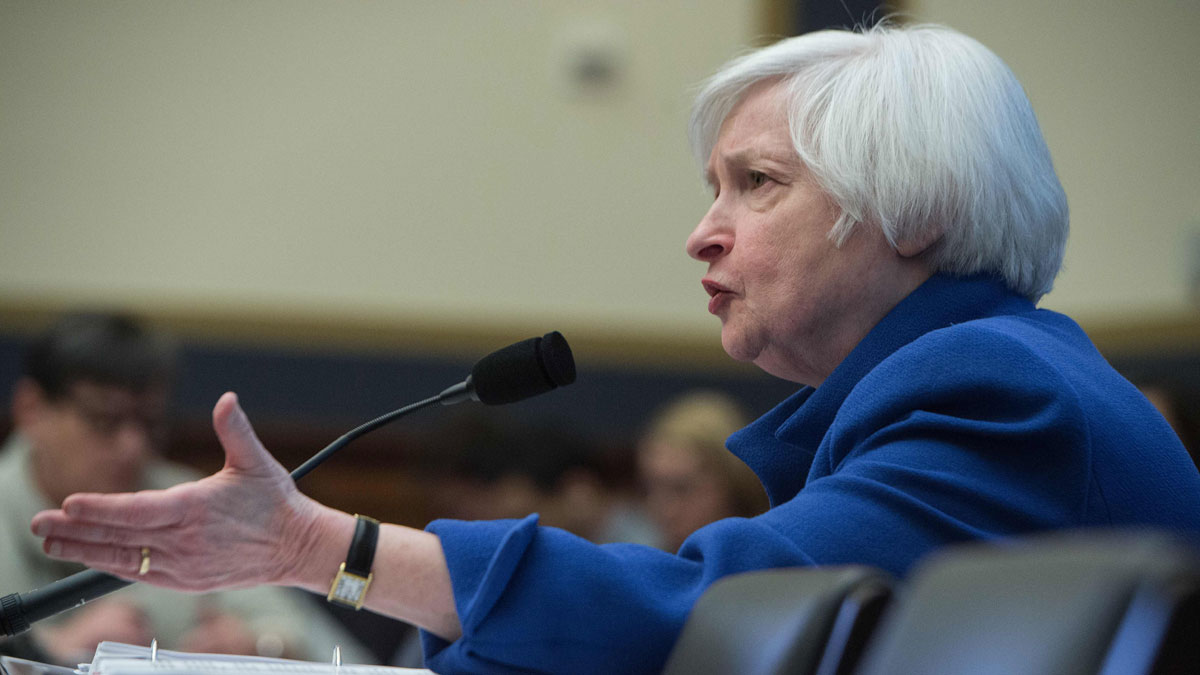
Gold price above $1,200 for first time in two months
12 January
A New Year rally for the gold price was given an unexpected "Trump bump" yesterday, says Reuters.
Having risen from a low of $1,124 an ounce in early December, the metal hit a high of around $1,187 earlier this week.
The Week
Escape your echo chamber. Get the facts behind the news, plus analysis from multiple perspectives.

Sign up for The Week's Free Newsletters
From our morning news briefing to a weekly Good News Newsletter, get the best of The Week delivered directly to your inbox.
From our morning news briefing to a weekly Good News Newsletter, get the best of The Week delivered directly to your inbox.
However, after an initial dip, it rebounded strongly yesterday after Donald Trump failed to offer detail on inflation-boosting spending plans during his first press conference as president-elect, says the Financial Times.
Trading rose above $1,200 an ounce for the first time in two months and was around $1,204 at around 9.30am in London today.
Safe haven assets such as gold had been expected to benefit from the election of the populist Republican, but as markets settled down quickly, attention instead turned to plans to inject $1trn into the economy.
This could markedly drive up inflation at a time when the labour market is already strong, giving policymakers an incentive to increase interest rates.
A free daily email with the biggest news stories of the day – and the best features from TheWeek.com
As rising rates tend to be bad for non-yielding assets such as gold and good for the dollar against which the metal is held as a hedge, this triggered a prolonged sell-off for the metal.
Trump's press conference, which also contained a broadside against listed pharmaceutical giants who have been "getting away with murder", prompted a fall in equities and the dollar and boosted gold to a seven-week high.
Trading in gold has been bullish in early 2017, but with big investors taking flight amid forecasts from the Federal Reserve for three rate rises this year, experts have said the rally will run out of steam at around its current level.
In contrast, there are expected to be geopolitical bumps in the road, not least from the mercurial incoming president, any and all of which could trigger renewed safe-haven demand.
Outside the US, Reuters cited elections in France, the Netherlands and Germany – and, of course, the unfolding Brexit drama, all of which will create tension in the EU.
Gold price upside limited as hedege funds bet against fully
10 January
Gold got back to the swing of its upward momentum for 2017 yesterday following its drop on Friday in the wake of positive employment and wage data from the US.
Prices rose back above their one-month high of $1,185 an ounce hit last Thursday and hit a peak of $1,187 in Asian trading this morning.
Trading was slightly lower, at $1,183 an ounce, at 10.30am in London.
Chief among the triggers for the fresh rally is market jitters after Theresa May pointed towards the UK have a hard Brexit.
ANZ analyst Daniel Hynes told Reuters: "The comments on the UK around Brexit that impacted the pound saw some safe-haven buying."
He added that gold was "also getting support from strong physical buying in China ahead of the Lunar New Year later this month", adds the news agency.
However, analysts are not convinced there is any significant upside left to the rally, which has seen gold recover from a low of $1,124 shortly after the election success of Donald Trump in November.
In fact, several have told Reuters they expect prices will continue to find resistance at $1,200 or lower in the near term.
In part, this reflects a lack of enthusiasm from hedge funds and other institutional investors, who Mining.com reports have dropped long positions, bets on prices rising in the future, by 90 per cent since a peak last July.
At the same time, they've doubled their short positions on falling prices.
The market is convinced the key determinant of gold's trend this year will be US interest rates. The Federal Reserve has predicted it will increase base borrowing costs three times this year, although they may go up even faster to counter any inflation boost from Trump's spending pledges.
On the other hand, some analysts think the incoming president's volatile temperament could present a more bullish case for the metal in the months ahead.
HSBC analyst James Steel wrote in a note: "Any significant ratcheting higher in geopolitical tensions could help trigger safe-haven bullion demand."
Why the gold price has enjoyed a New Year bounce
9 January
Gold prices enjoyed a New Year rally last week, rising more than five per cent from a low reached in mid-December.
At one point gold was two per cent up in its first week of trading in 2017, hitting a high of $1,185 an ounce on Thursday.
January is seasonally a strong month for the metal as it coincides with the Chinese New Year, which prompts a big surge in physical buying.
There are also more topical factors at work, including a "slight correction for the dollar index from its recent highs", says Reuters.
As gold is priced in the US currency, it becomes cheaper for foreign buyers, especially those in high-demand Asian markets, when the dollar is weak.
However, analysts believe the rally will prove to be a "false dawn", says Bullion Vault.
Gold has already lost ground after a decent labour market report on Friday, which showed the US economy added 156,000 jobs in December and that wages rose at an average of 2.9 per cent.
Although the increase may have underwhelmed, with unemployment at its lowest level since the 1970s and pay rising at its fastest rate for seven years, the report was seen as another bullish economic indicator.
As such, it has boosted expectations that the Federal Reserve will follow through with its signal for three rates rises this year.
Gold tends to fall when rates are rising, as the metal does not pay dividends and so becomes less attractive relative to rival asset classes that offer an income yield.
The price has been under pressure since Donald Trump was elected president in November, with expectations that a promised spending splurge will boost inflation and trigger more interest rate rises.
The dollar has returned to 13-year highs since Friday and gold fell to around $1,175 an ounce this morning. It was around $1,179 by lunchtime in London.
Mark To, head of research at Hong Kong's Wing Fung Financial Group, told Reuters gold could continue to meet resistance at around $1,200 an ounce in the short term.
Last month, he predicted prices would fall to between $1,080 and $1,050 in the early months of this year.
Gold price heads towards $1,130 - but where will it go in 2017?
20 December
After holding firm through much of Monday, gold fell overnight and was heading towards $1,130 an ounce this morning.
The end of New York trading saw gold settled at around $1,140. However, it was down 0.7 per cent at $1,132 in London today.
According to the Financial Times, gold was struggling after another turn higher for the US dollar and government bond yields. Year-to-date gains have now been trimmed to around eight per cent.
Prices have fallen from around $1,164 an ounce following the Federal Reserve's latest policy statement last week, which set out an upgraded forecast for three interest rate rises next year.
The non-yielding metal tends to struggle when rates boost income returns for other assets and is expected to have problems amid a surge in inflation spurred by a stimulus package from president-elect Donald Trump.
So what do analysts expect for the year ahead?
Having found resistance around the early $1,120s an ounce in the past week, gold could return to around $1,150 before the end of the year, predicts Mark To, the head of research at Hong Kong's Wing Fung Financial Group.
To also told Reuters the "medium to long-term view is not optimistic" and gold could "move down to $1,050 to $1,080 by the start of next year".
That's a relatively bearish case, however: most analysts seem to expect continued geopolitical and macroeconomic tension should remain supportive of commodity prices in 2017.
Canadian investment bank BMO Capital Markets says gold should average $1,175 an ounce in the next 12 months, according to Mining.com. That's down from its previous prediction of above $1,400 but still up from its current level.
The bank said: "We expect the macro outlook to continue to cloud a precious metal strategy, but recognise that the risk is to the upside given our view that markets are already pricing in the impact of three Fed rate hikes in 2017."
Citigroup predicted a similar level, with mining analyst Trent Allen telling the Sydney Morning Herald gold is expected to "hover around $1,160 an ounce".
Gold price: 'Bullish thesis is dying, if not already dead'
16 December
A "bullish thesis" that drove the gold price up by almost a third earlier this year is "dying if not already dead", says Daily FX.
Gold had been at the $1,050 mark at the beginning of the year but turned higher two months later, in the middle of a wider market meltdown and as the Federal Reserve relaxed its outlook for US interest rates.
It went on to surge 31 per cent and even last month was still one of the best-performing assets of the year, with prices up around a fifth.
But last week, the Fed raised rates for the first time this year and delivered its most bullish forecast for some time, setting out plans for three further increases in 2017.
This caught the market off guard - traders had expected the increase but thought the medium-term forecast would be more circumspect, due to the uncertainty over president-elect Donald Trump's likely effect on the US economy.
Instead, there is a general sense that a massive bout of promised infrastructure spending will fuel a surge in inflation.
All of which is bad news for gold, which does not offer an income yield and so loses out to peers that do when rates are rising. It is also sensitive to the resulting jump in the dollar, which hit a 14-year high this week.
So, gold fell – sharply, losing more than $20 an ounce immediately after the announcement to below $1,140 and then falling as low as $1,122 last night, a ten-and-a-half month nadir.
Daily FX predicts support is currently being found around $1,125, a level at which traders believe it is oversold, and so it proved, with a rebound this morning taking the gold price to $1,134 an ounce.
If gold falls further, there is another technical marker at $1,112, a close below which prices might then slide to $1,100. Any rebound is now also expected to run out of steam at around $1,150, well below the level before this week's rates rise.
"The effect of the Fed has been huge," Jiang Shu, chief analyst at Shandong Gold Group, told Reuters. "We see at least two rate hike in the first half of 2017 and [gold] prices are going to be lower for a while."
-
 Looming drone ban has some farm-state Republicans anxious
Looming drone ban has some farm-state Republicans anxiousIN THE SPOTLIGHT As congressional China-hawks work to limit commercial drone sales from Beijing, a growing number of conservative lawmakers are sounding an agricultural alarm
-
 Mind-expanding podcasts you may have missed this fall
Mind-expanding podcasts you may have missed this fallThe Week Recommends True crime, a book club and a therapeutic outlet led this season’s best podcasts
-
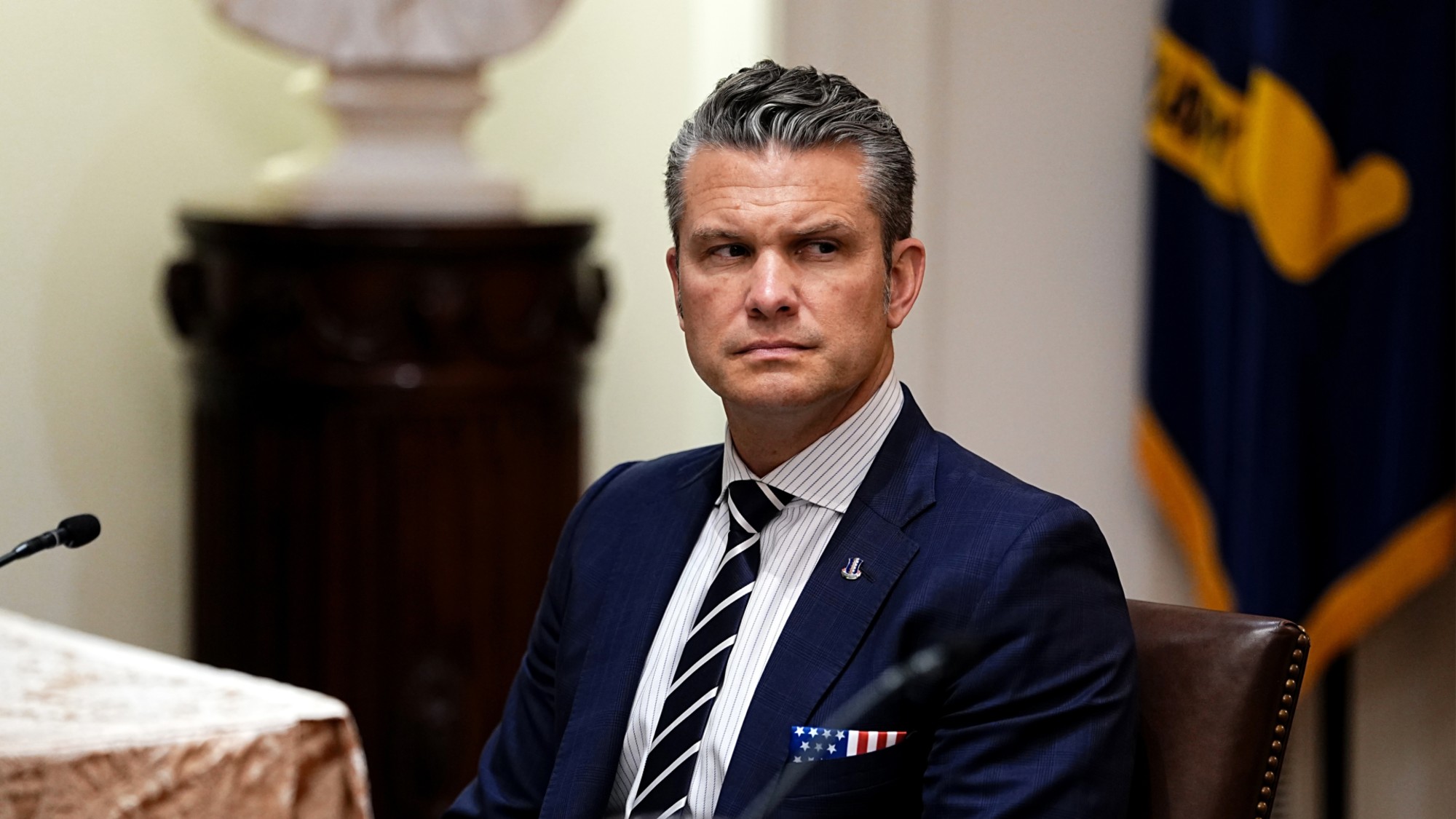 ‘It’s critical that Congress get involved’
‘It’s critical that Congress get involved’Instant Opinion Opinion, comment and editorials of the day
-
 What a rising gold price says about the global economy
What a rising gold price says about the global economyThe Explainer Institutions, central banks and speculators drive record surge amid ‘loss of trust’ in bond markets and US dollar
-
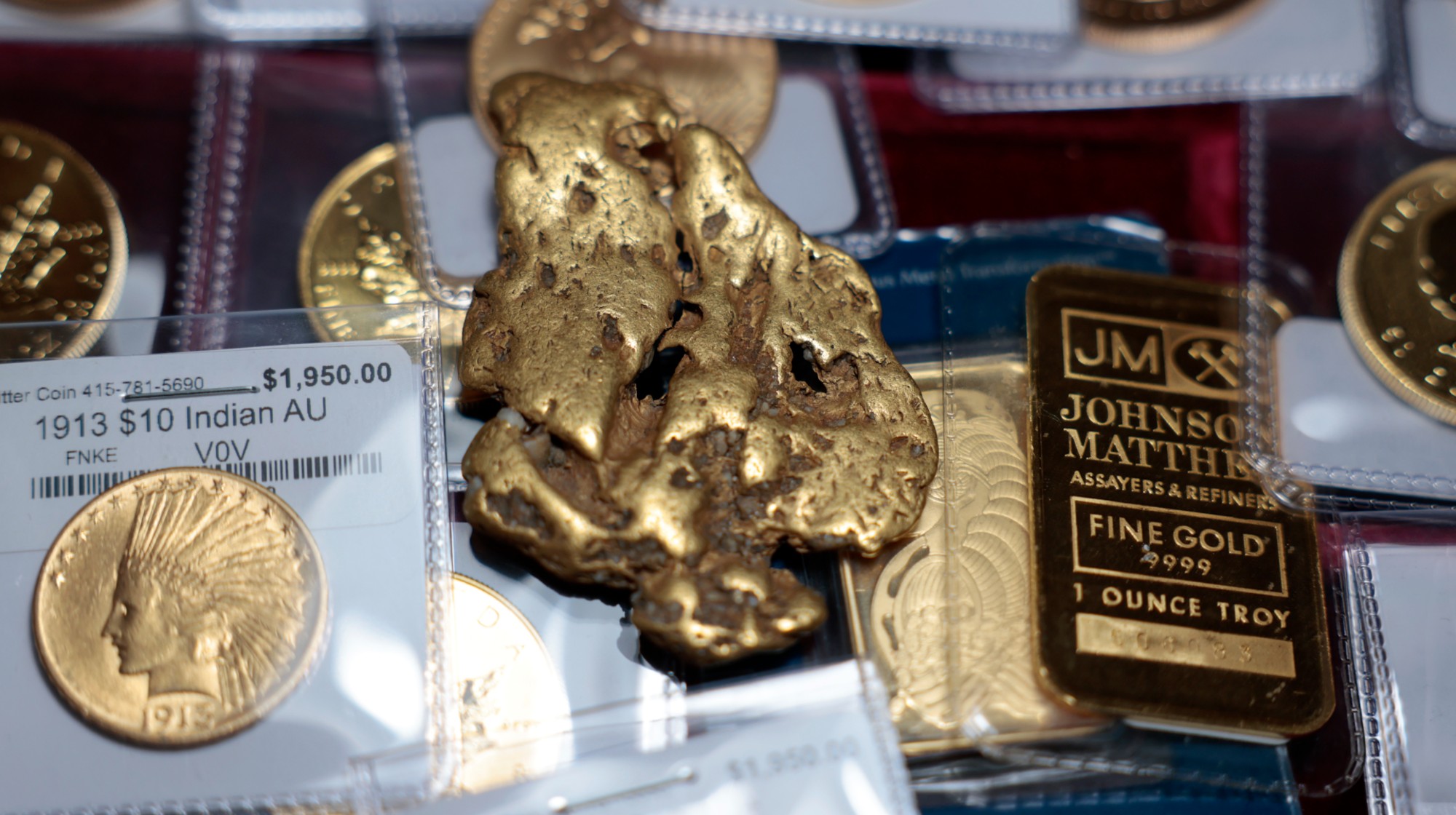 Gold tops $4K per ounce, signaling financial unease
Gold tops $4K per ounce, signaling financial uneaseSpeed Read Investors are worried about President Donald Trump’s trade war
-
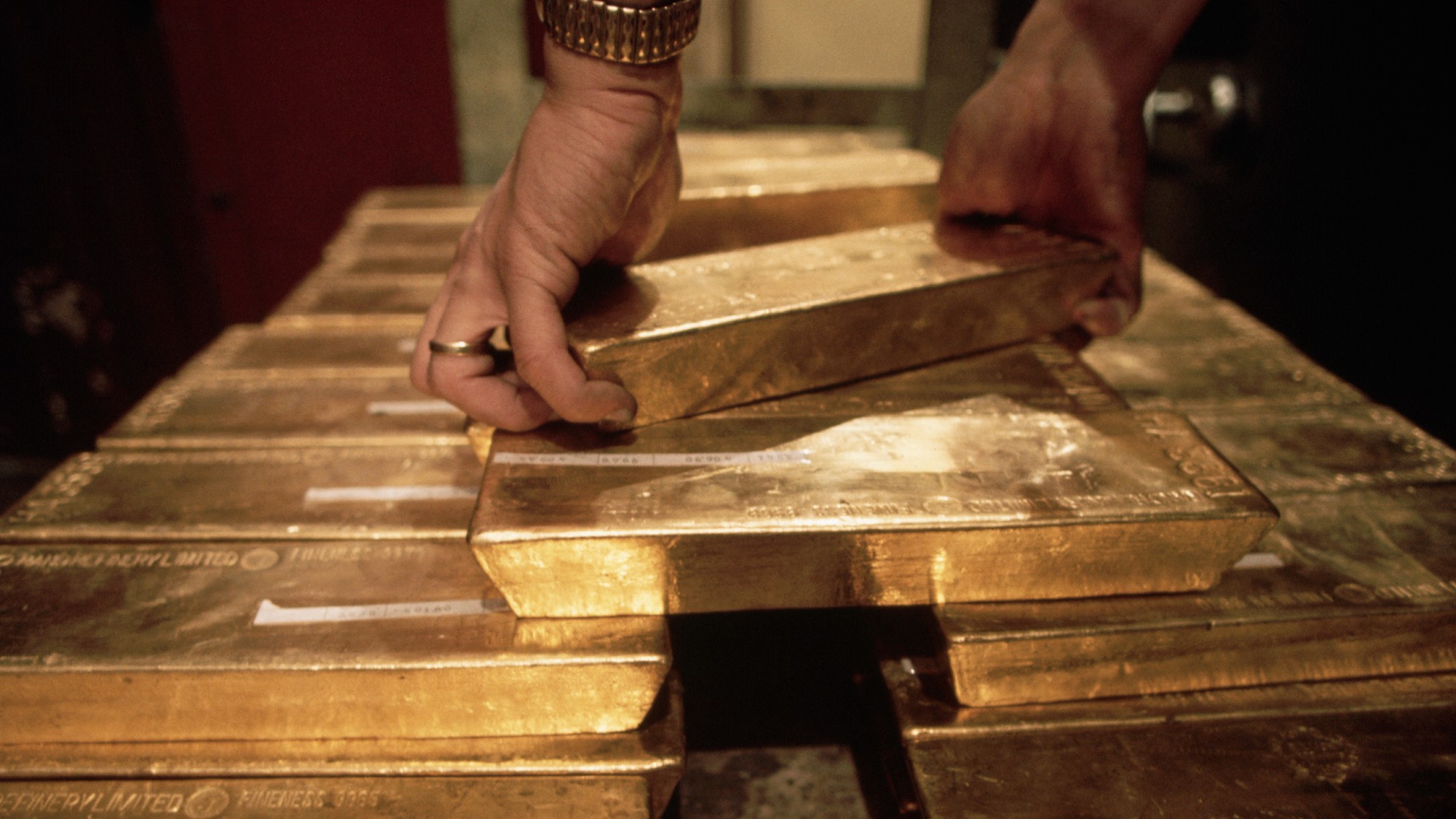 Safe harbor: Gold rises as stocks sink
Safe harbor: Gold rises as stocks sinkfeature It's a golden age for goldbugs
-
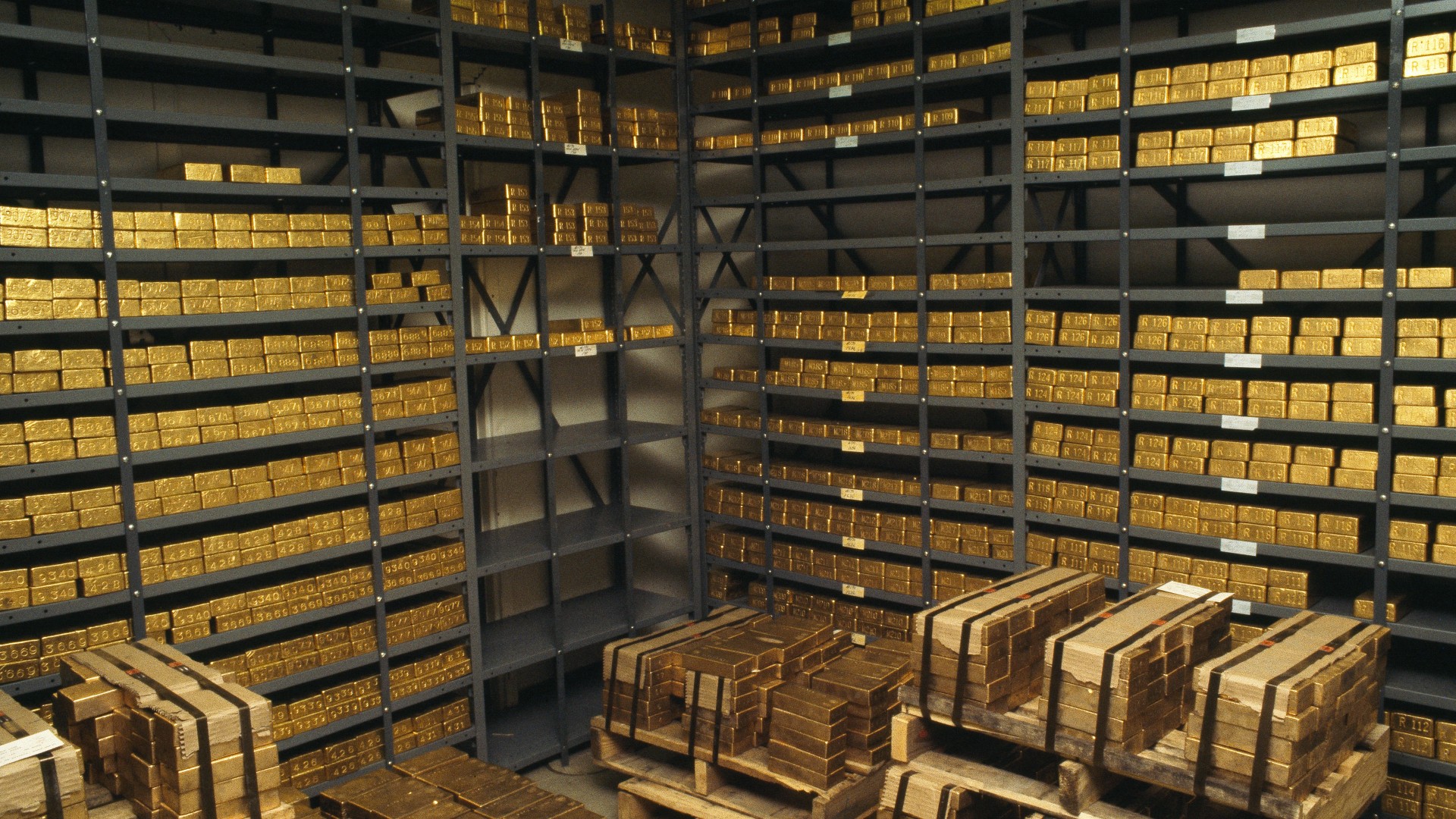 What rising gold prices can tell us about the economy in 2024
What rising gold prices can tell us about the economy in 2024The Explainer Market hits all-time high, boosted by a weakening US dollar and rising global tensions
-
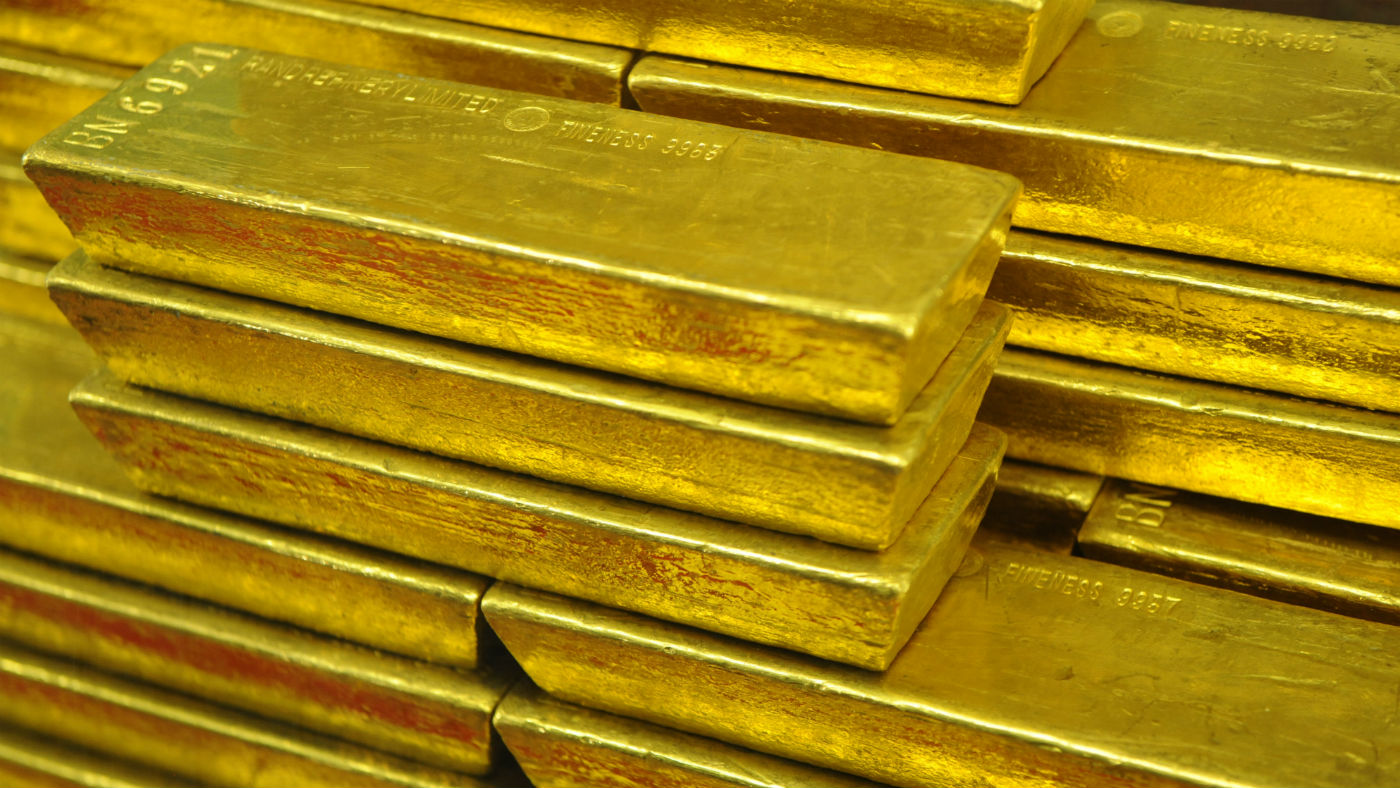 Gold’s ‘flash crash’: what the experts think
Gold’s ‘flash crash’: what the experts thinkfeature Bad news, good news and a loss of faith
-
 What is the price of gold and when is best to buy?
What is the price of gold and when is best to buy?Speed Read Economic and geopolitical uncertainty traditionally drives investors to reliable metal markets